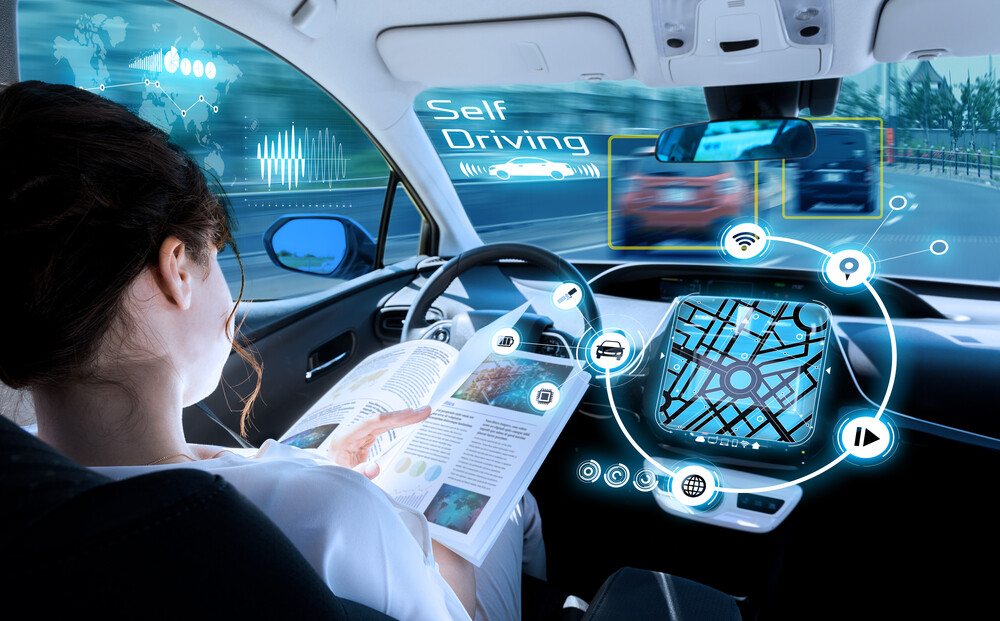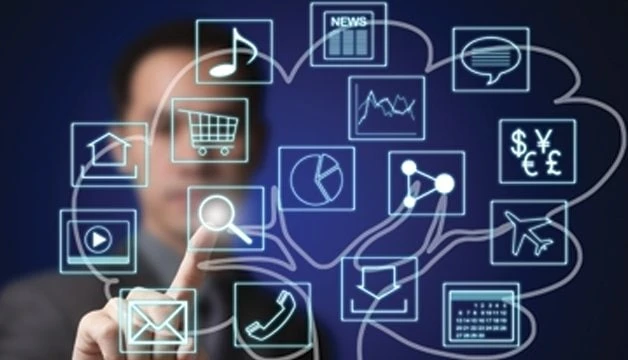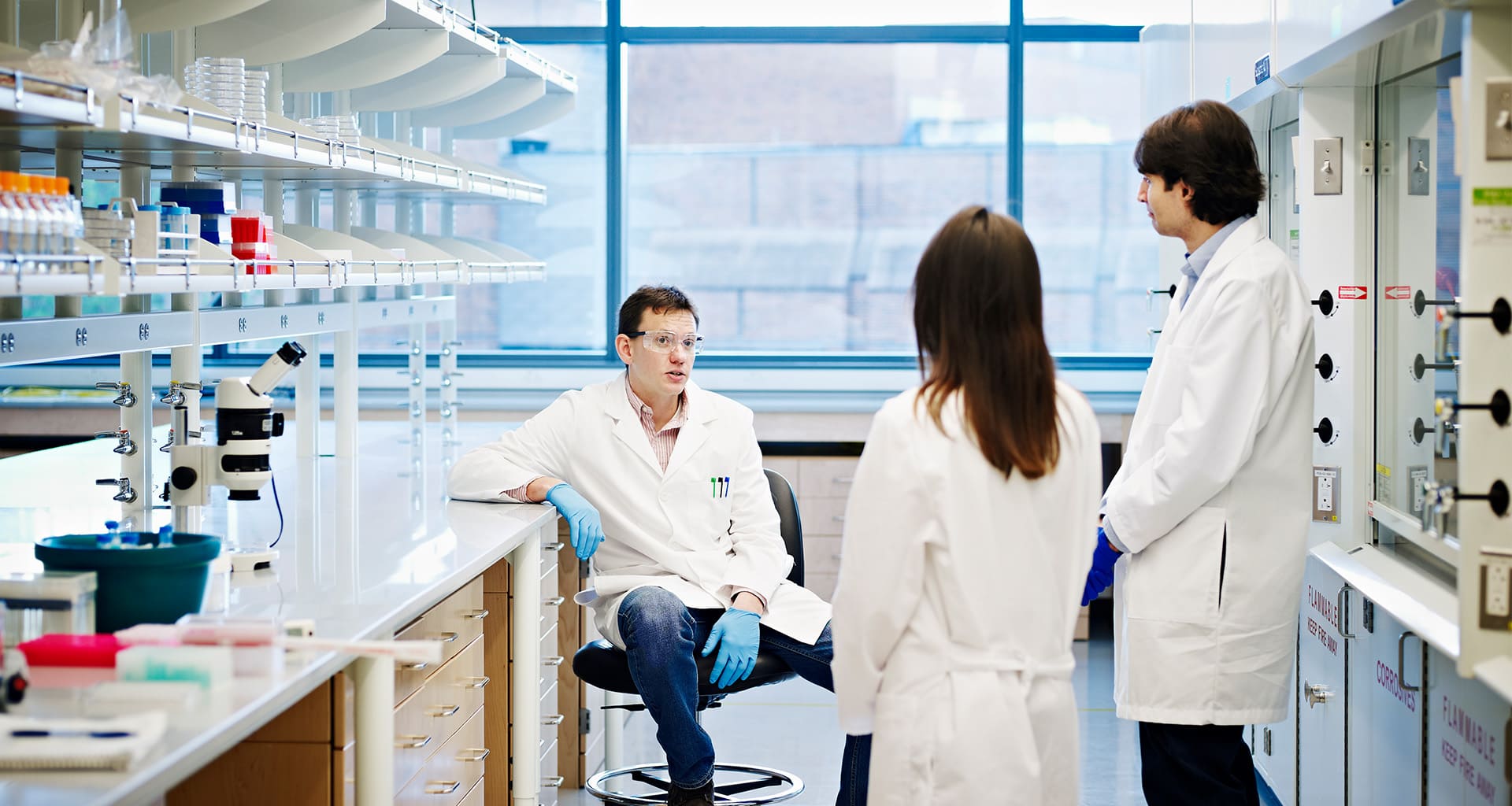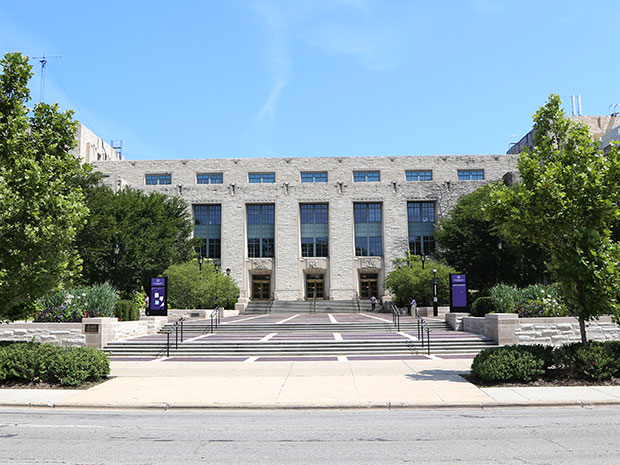Introduction
The rapid pace of 4 technological driver advancements has transformed our world and the way we live our lives. From smartphones to social media, and from artificial intelligence to self-driving cars, these four technology drivers – Artificial Intelligence (AI), Internet of Things (IoT), Blockchain, and 5G technology – have become an integral part of our daily routines. As we continue to develop and refine these technologies, it is important to consider their impact on society. We must embrace these technologies responsibly to unlock their full potential and create a better future for all.
The impact of these 4 technology drivers is widespread and profound, with the potential to reshape our world in significant ways. They offer numerous benefits, from improving healthcare outcomes to increasing efficiency in businesses and enabling new applications and services that were once thought impossible.
However, there are also potential risks and challenges to consider, including 4 technology drivers such as job displacement, cyber security threats, and infrastructure investments. It is crucial that we understand and embrace these technologies responsibly, taking into account the potential impacts on society, the economy, and the environment.
By understanding the current and potential applications of these 4 Technology drivers, as well as the benefits and challenges of their implementation, individuals and businesses can identify opportunities and develop new solutions to pressing challenges. Moreover, 4 technology drivers the potential for future developments and innovations in these 4 Technologies drivers is vast, offering even greater potential for transformative impact on our world.
Embracing these 4 Technology drivers is crucial for our continued progress and innovation. However, 4 technology drivers’ responsible use and consideration of their impact on society, the economy, and the environment are essential for creating a brighter future for all.
AI, IoT, Blockchain, and 5G technology represent an exciting new frontier in technological advancement. The potential applications of these technologies are almost limitless, and they have the power to fundamentally transform the way we live, work, and interact with the world around us.
One of the most exciting things about these 4 Technology drivers is the way they complement and enhance each other.
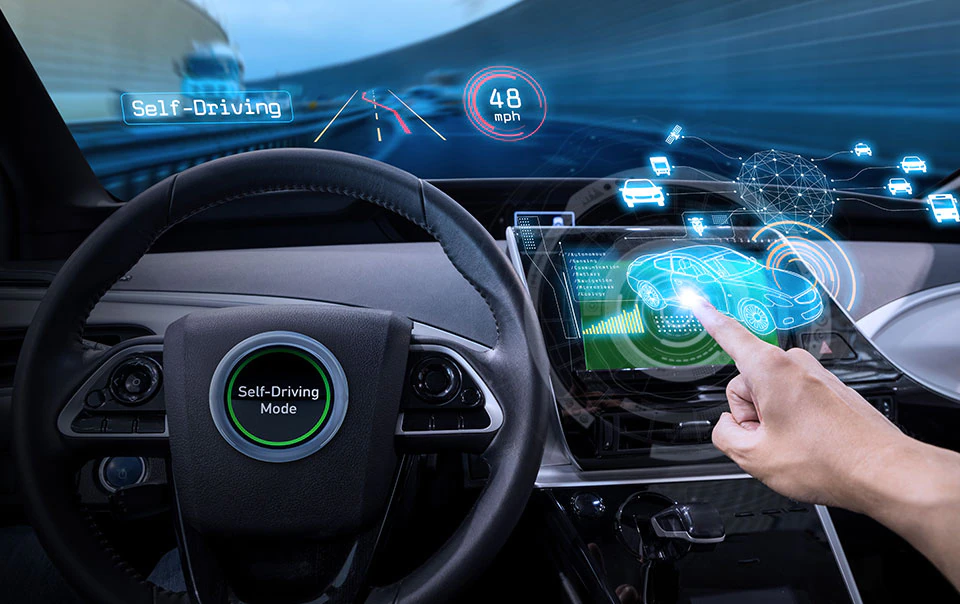
AI and IoT can work together to create smarter:
more responsive systems that are better able to adapt to changing circumstances. Blockchain can provide a secure, decentralized platform for managing and tracking data, while 5G technology offers lightning-fast connectivity that can support a range of new applications and services.
However, there are also potential risks and challenges associated with these technologies:
For example, 4 Technology drivers there are concerns about the ethical implications of AI, as well as potential cyber security threats associated with IoT and Blockchain. Moreover, 4 Technology drivers the rapid pace of technological change can create uncertainty and disruption in certain industries, potentially leading to job displacement and other economic challenges.
Despite these risks and challenges:
The potential benefits of these 4 technology drivers are too significant to ignore. By embracing these technologies responsibly and developing new solutions that take into account their impact on society, the economy, and the environment, we can unlock their full potential and create a brighter future for all.
There are main 4 technology drivers that will shape our future:
Artificial intelligence (AI), the internet of things (IoT), blockchain, and 5G technology. These drivers are already changing the way we live and work, and they will continue to do so in the years to come.
AI, for example, has the potential to revolutionize:
Industries from healthcare to finance by providing more accurate predictions and automating routine tasks. IoT enables the connection of everyday objects to the internet, allowing for real-time data collection and analysis that can be used to improve efficiency and productivity in businesses. Blockchain offers a secure and transparent way to record transactions, which has implications for everything from finance to voting systems. Finally, 5G technology promises faster internet speeds and increased connectivity, enabling the development of new technologies and applications that we can’t yet imagine.
As we look to the future:
It is important to consider the impact of these 4 technology drivers on society including potential ethical concerns and unintended consequences. By doing so, we can ensure that 4 technology drivers are developed and used in a responsible and sustainable manner that benefits everyone.
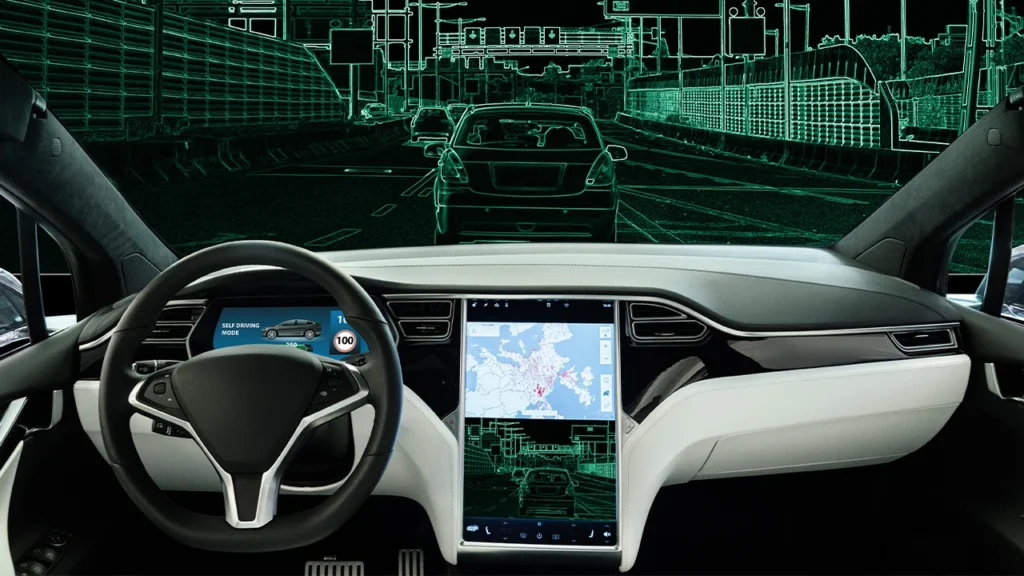
The 4 Technology Drivers
1. Artificial Intelligence (AI)
Artificial Intelligence (AI) refers to the ability of machines to learn from experience:
Perform tasks 4 Technology drivers that typically require human intelligence, and improve their performance over time. AI can be broadly categorized into two types: narrow or weak AI, which is designed to perform specific tasks, and general or strong AI, which 4 Technology drivers are capable of performing any intellectual task that a human can.
AI has many current and potential applications in a wide range of fields:
In healthcare, AI can be used to analyze medical images and provide more accurate diagnoses, as well as to develop personalized treatment plans. In education, AI can provide personalized learning experiences and help identify areas where students may need additional support. In finance, AI can be used to analyze financial data and make investment decisions.
However, the development of AI also raises ethical concerns and potential risks:
One concern is the potential for AI to automate jobs and displace workers. Additionally, 4 Technology drivers there are concerns about data privacy and security, as AI systems rely on vast amounts of data to learn and make decisions. There is also the risk of algorithmic bias, where AI systems may perpetuate existing societal inequalities.
Despite these concerns:
There are many examples of AI in action. In healthcare, IBM’s Watson Health platform uses AI to help doctors diagnose and treat cancer, while Google’s DeepMind Health is using AI to help detect eye diseases. 4 Technology drivers in education, AI-powered learning platforms like Carnegie Learning and Dreambox are helping students improve their academic performance. 4 technology drivers in finance, companies like Betterment and Wealthfront use AI algorithms to manage investment portfolios and provide financial advice.
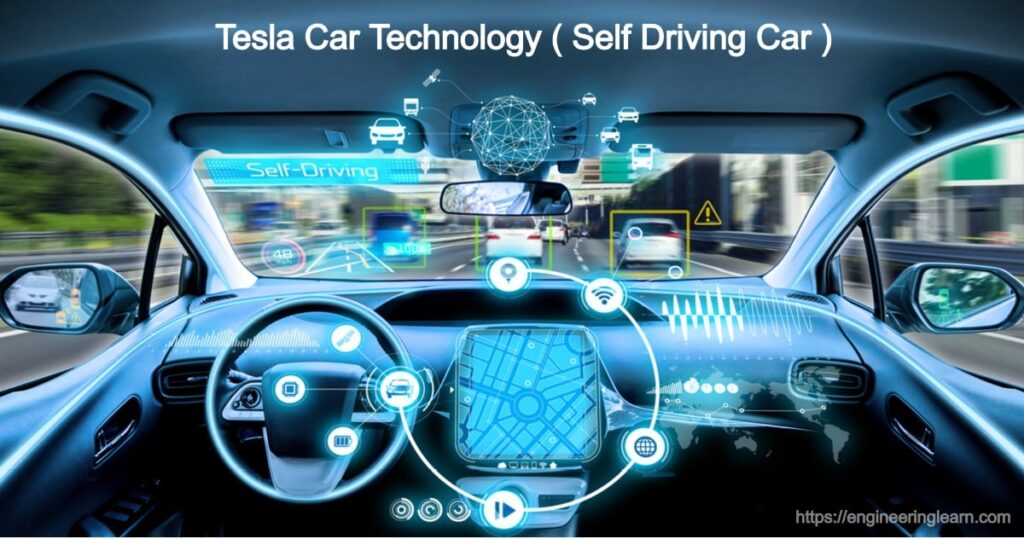
Internet of Things (IoT)
The Internet of Things (IoT) refers to the network of physical objects:
They are connected to the internet and can communicate with each other. These objects include everything from smartphones and smart homes to industrial machines and medical devices.
IoT works by connecting:
Everyday objects to the internet and allowing them to 4 Technology drivers collect and share data. This data can then be used to provide 4 technology driver insights into operations, identify areas for improvement, and enable automation. IoT devices typically include sensors and other data collection 4 technologies drivers that are used to monitor and track various metrics.
IoT has many current and potential applications across a wide range of industries:
In smart homes, IoT devices can be used to control lighting, temperature, and other home appliances remotely. In industrial automation, IoT can be used to monitor and optimize the performance of machines and equipment. In healthcare, IoT devices can be used to monitor patients remotely and provide real-time data to healthcare providers.
The implementation of IoT offers many benefits:
Including 4 technology drivers increased efficiency, cost savings, and improved productivity. However, 4 technology drivers there are also challenges to implementation, including data security and privacy concerns, as well as the need for a robust infrastructure to support IoT devices.
There are many examples of IoT in action:
In smart homes, 4 technology drivers devices like Amazon Echo and Google Home use IoT technology to enable voice-activated control of home appliances. In industrial automation, companies like General Electric are using IoT to optimize the performance of wind turbines and other equipment. In healthcare, 4 technology drivers wearable devices like Fitbit and Apple Watch are being used to monitor patients and provide real-time health data to healthcare providers.
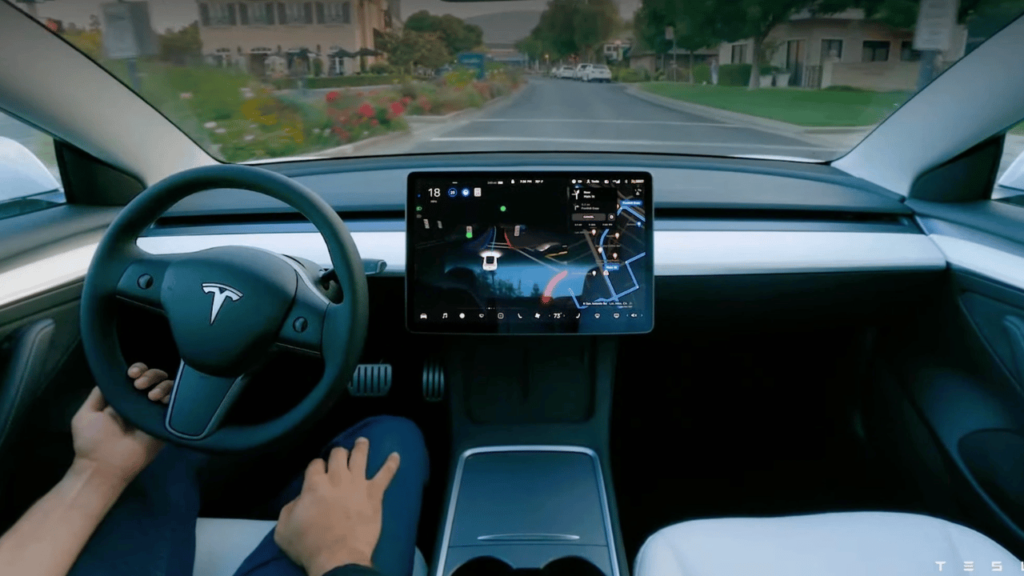
Blockchain Technology
Blockchain technology is a decentralized system that enables secure, transparent, and tamper-proof transactions between multiple parties. It is based on a distributed ledger that records transactions and stores them in a secure and transparent manner.
At its core, blockchain works by creating a digital record of a transaction, 4 technology drivers which are then added to a chain of other transactions, forming a “block”. This block is then verified and added to the existing blockchain by a network of computers, known as nodes, 4 technology drivers that validate the transaction and ensure its integrity.
Blockchain has many current and potential applications across a wide range of industries. In finance, it is most commonly associated with cryptocurrencies like Bitcoin and Ethereum, which use blockchain technology to enable secure and transparent transactions without the need for intermediaries like banks. In supply chain management, blockchain can be used to provide greater visibility and accountability throughout the supply chain, improving efficiency and reducing costs. 4 technology drivers in voting systems, blockchain can be used to ensure the integrity of elections by providing a tamper-proof record of the vote.
The implementation of blockchain offers many benefits, including increased transparency, security, and efficiency. However, 4 technology drivers there are also challenges to implementation, including the need for significant computational power to maintain the network, as well as the potential for regulatory and legal hurdles.
There are many examples of blockchain in action:
In the cryptocurrency space, Bitcoin is the most well-known example of blockchain technology, while Ethereum is used for a wider range of applications, including smart contracts and decentralized applications. In supply chain management, IBM’s blockchain-based platform is being used to track the provenance of food products, while Walmart is using blockchain to improve the traceability of its supply chain. In voting systems, Voatz is a blockchain-based platform that is being used to improve the integrity of elections by providing a secure and transparent record of the vote.
5G Technology
5G technology is the next generation of mobile networks that promises faster data transfer speeds, lower latency, and increased connectivity. It is designed to provide faster and more reliable connections between devices, enabling new applications and services that were previously not possible.
At its core,
5G works by using higher frequency bands and more advanced technologies to transmit data. Unlike 4G, which uses lower frequency bands, 5G uses millimeter waves, which have a higher frequency and can carry more data. This enables faster data transfer speeds and lower latency, allowing for near real-time communication between devices.
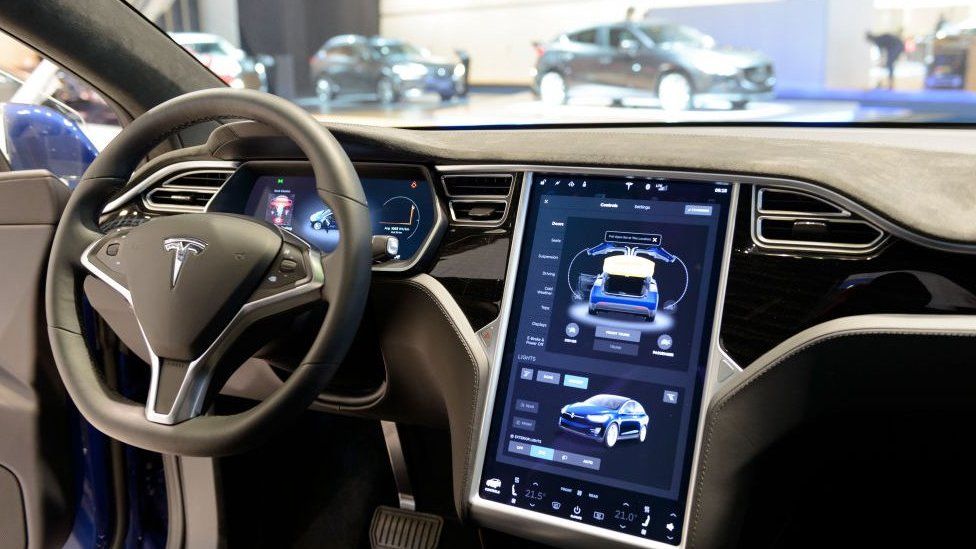
5G has many current and potential applications across a wide range of industries:
In autonomous vehicles, 5G can be used to provide real-time data to vehicles, enabling them to make split-second decisions and avoid accidents. In remote surgery, 5G can be used to enable surgeons to perform procedures from a distance, using robotic tools and real-time video feedback. In augmented reality, 5G can be used to provide real-time data and graphics, enabling immersive and interactive experiences.
The implementation of 5G offers many benefits:
Including faster data transfer speeds, lower latency, and increased connectivity. It also has the potential to enable new applications and services, such as smart cities, connected homes, and personalized healthcare. However, there are also challenges to implementation, including the need for significant infrastructure investments, regulatory hurdles, and potential security risks.
There are many examples of 5G in action:
In autonomous vehicles, companies like BMW and Ford are using 5G to enable real-time communication between vehicles and their surroundings, improving safety and reducing accidents. In remote surgery, 5G is being used to enable surgeons to perform procedures from a distance, with trials already being conducted in South Korea. In augmented reality, companies like Niantic are using 5G to provide more immersive and interactive gaming experiences, such as with their popular game, Pokemon Go.
The Impact of These Technologies
The advancements in Artificial Intelligence:
(AI), Internet of Things (IoT), Blockchain, and 5G technology are rapidly changing our world in ways that were once thought impossible. These technologies have the potential to revolutionize industries, improve our quality of life, and address some of the biggest challenges facing our society.
The positive impacts of these technologies are numerous:
For example, AI has the potential to improve healthcare outcomes by allowing for more accurate and personalized diagnoses and treatments. 4 technology drivers IoT can increase efficiency and productivity in businesses by providing real-time data and insights into operations. Blockchain can provide 4 technology drivers transparency and security in supply chain management, reducing waste and fraud. 5G can enable new applications and services that were previously not possible, 4 technology drivers such as remote surgery and augmented reality.
However, there are also negative impacts to consider:
For example, AI could lead to job displacement as automation increases. IoT devices can be vulnerable to cyber-attacks, posing a security risk to individuals and businesses. Blockchain can consume significant amounts of energy in its mining process. 5G technology requires significant infrastructure investments, which could lead to disparities in access to the technology between different regions and populations.
Individuals and businesses will face:
Both challenges and opportunities as these technologies continue to develop. For example, 4 technology drivers businesses that embrace these technologies will be better positioned to compete in the global marketplace. However, 4 technology drivers may also need to invest in new skills and training for their employees to remain competitive. Individuals 4 technology drivers may need to adapt to new job roles and industries as automation and AI continue to grow.
Looking to the future:
There are many 4 technology drivers potential developments and innovations that could emerge from these technologies. For example, AI could be used to develop new treatments for diseases or to address climate change. IoT could be used to create smart cities4 technology drivers that are more sustainable and efficient. Blockchain could be used to 4 technology drivers create new forms of decentralized governance and finance. 5G could enable new applications and services that we have not yet imagined.
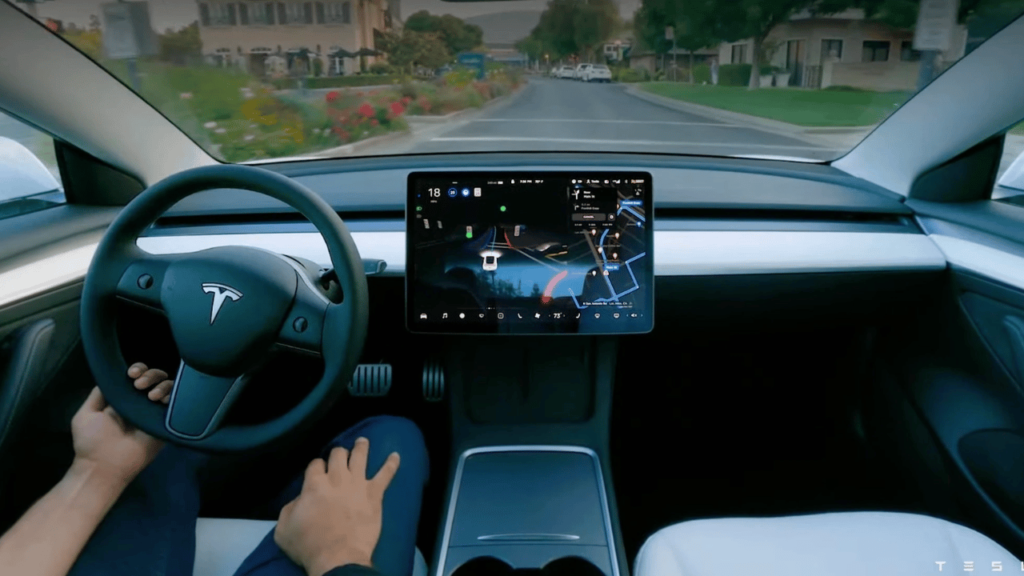
The impact of these technologies will continue to shape our world in profound ways:
While 4 technology drivers there are both positive and negative impacts to consider, For 4 technology drivers the potential benefits are vast, and the opportunities for innovation and growth are significant. As these 4 technology drivers continue to evolve, individuals and businesses will need to adapt and innovate to take full advantage of their potential.
Conclusion
The 4 technology drivers
Artificial Intelligence (AI), the Internet of Things (IoT), Blockchain, and 4 technology – have the potential to reshape our world in significant ways. These 4 technology drivers offer numerous benefits, from improving healthcare outcomes to increasing efficiency in businesses and enabling new applications and 4 technology drivers services that were once thought impossible.
However, there are also potential risks and challenges to consider:
Such as 4 technology drivers job displacement, cyber security threats, and infrastructure investments. It is crucial that we understand and embrace these 4 technologies’ drivers responsibly, taking into account the potential impacts on society, the economy, and the environment.
By embracing these technologies and using them innovatively and responsibly:
We have the potential to create a bright future. We can develop new solutions to pressing challenges, improve our quality of life, and drive economic growth and innovation. It is up to us to seize these opportunities and create a better world through 4 technology drivers.
FAQs
What is the difference between AI and machine learning?
AI (Artificial Intelligence) is a broad field that encompasses the development of intelligent machines that can perform tasks that typically require human intelligence. Machine learning, on the other hand, is a subset of AI that involves 4 technology drivers using algorithms and statistical models to enable machines to learn from data and improve their performance over time.
How does IoT improve efficiency and productivity in businesses?
IoT (Internet of Things) involves connecting everyday objects to the internet, allowing them to collect and share data. This data can then be used to improve efficiency and productivity in businesses with 4 technology drivers by providing real-time insights into operations, identifying areas for improvement, and enabling automation.
Can blockchain be hacked?
Blockchain is a digital ledger that records transactions in a secure and transparent manner. While blockchain 4 technology drivers are generally considered to be very secure, 4 technology drivers it is not immune to hacking. However, the decentralized nature of blockchain makes it more difficult for hackers to compromise the system.
How will 5G technology change the way we communicate?
5G technology is expected to significantly improve communication speeds, reduce latency, and enable more devices to connect to the internet simultaneously. This will lead to the development of new technologies and applications that will transform the way we communicate and interact with each other.
What are the potential ethical concerns with AI and IoT?
There are several potential ethical concerns with AI and IoT, 4 technology drivers including issues related to privacy, data security, and algorithmic bias. AI and IoT systems can also have unintended consequences, 4 technology drivers such as job displacement and the reinforcement of existing societal inequalities. 4 technology drivers It is important to address these concerns and ensure that AI and IoT are developed and used in an ethical and responsible manner.
